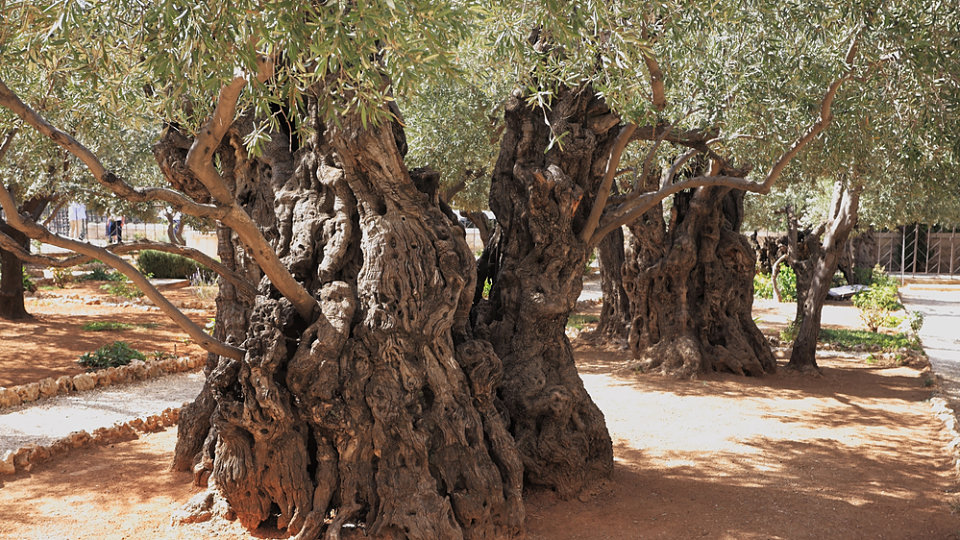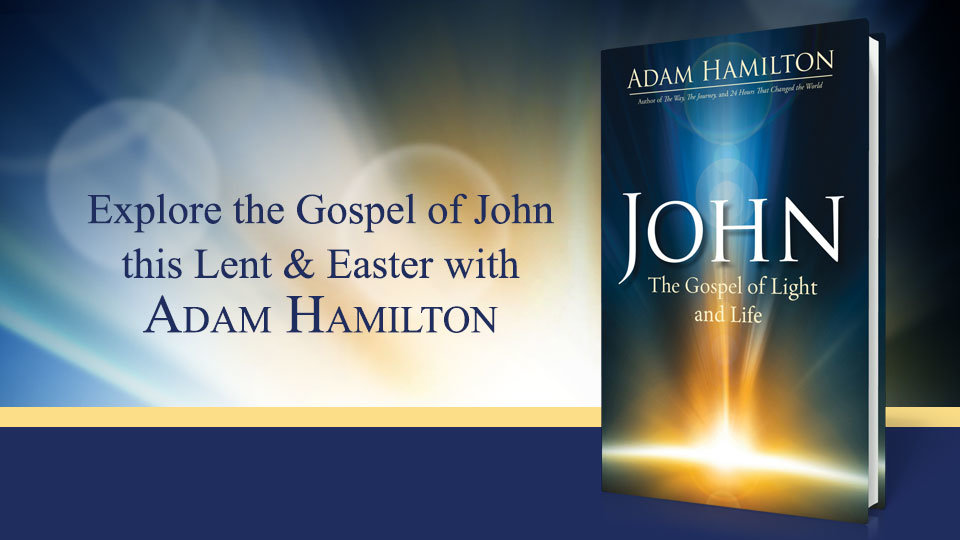The Arrest and Trial of the King
During this Lenten season, we have been reading through the Gospel of John together. I hope this Challenge has been a blessing to you. As we begin Holy Week, we now turn to Jesus’ final days leading up to and including his crucifixion. Each day this week, I’ll be posting excerpts from my latest book, John: The Gospel of Light and Life. The Gospel of John reaches its dramatic climax with the arrest, trial, and crucifixion of Jesus. One of the major themes in John’s account is that it was precisely here, in his suffering, that Jesus was revealed to be the long-awaited messianic King, and it was here that we see his hour of glory as he suffered and died on the cross, giving himself to save the world. The Arrest of the King It was late Thursday night of what came to be known as Holy Week. Jesus and his disciples left the upper room and made their way down Mount Zion. They passed the temple and walked through the Kidron Valley to a garden that the Synoptic Gospels call Gethsemane, at the base of the Mount of Olives. It was likely around midnight that they made this journey. There, in Gethsemane, Jesus was arrested. Let’s take note of the differences in John’s account of the arrest, as compared with the accounts of Matthew, Mark, and Luke. When Matthew, Mark, and Luke describe Jesus’ arrest, the focus is on Jesus’ human agony. Mark tells us, He began to feel despair and was anxious. He said to them, “I’m very sad. It’s as if I’m dying. Stay here and keep alert.” Then he went a short distance farther and fell to the ground. He prayed that, if possible, he might be spared the time of suffering. (Mark 14:33b-35) Matthew parallels Mark’s account, and Luke adds that Jesus was in such anguish that his “sweat became like drops of blood falling on the ground” (Luke 22:44). But John doesn’t include any of this. He merely says, “Jesus went out with his disciples and crossed over to the other side of the Kidron Valley. He and his disciples entered a garden there” (John 18:1). Why doesn’t John include the story of Jesus’ anguish in the garden, or his prayers that “this cup pass from me” (Matthew 26:39 NRSV)? It’s because, in contrast to the Synoptic Gospels’ focus on Jesus’ humanity, John’s Gospel stresses Jesus’ divinity. John does not show Jesus in agony in the garden. He was a King firmly in control of his destiny. He was the Divine who, with strength and dignity, approached his destiny. Only in John are we told that a cohort of armed Roman soldiers came to arrest the unarmed Jesus. A cohort was approximately six hundred soldiers (though the term could occasionally be used for as few as two hundred). Picture six hundred police officers showing up to arrest someone. John’s mention of the size of the arresting force is likely intended to show the perceived threat Jesus represented. John reports what took place next: Jesus knew everything that was to happen to him, so he went out and asked, “Who are you looking for?” They answered, “Jesus the Nazarene.” He said to them, “I Am.” (Judas, his betrayer, was standing with them.) When he said, “I Am,” they shrank back and fell to the ground. (18:4-6) This detail is not found in Matthew, Mark, or Luke. The words “I Am” in Greek—ego eimi—are roughly equivalent to the Hebrew word Yahweh—a personal name for God that means “I am that I am” or “I am life (or being) itself.” When Jesus spoke that name, the soldiers shrank back and fell to the ground. Why? What does John intend for us to understand by including this detail? Once more in this passage, Jesus was identifying with God, and at his words the soldiers retreated in fear. By depicting the scene in this way, John captures the authority, courage, and hidden identity of Jesus. In the garden, the six hundred soldiers shrank back as Jesus, the mighty King, willingly presented himself for arrest. This was hardly Jesus in anguish throwing himself to the ground, asking for the cup to pass from him, as he is portrayed in other Gospels. In fact, in John’s account Jesus said to his disciples, “Am I not to drink the cup the Father has given me?” (John 18:11b). Both pictures of Jesus are important, but here John wants us to see Jesus’ divinity and to understand that Jesus was in complete control of the situation. Today’s post is an excerpt from John: The Gospel of Light and Life. To find out more about this best-selling book and small group study, click here. Above image is of an ancient olive tree in the Garden of Gethsemane.









